Biography of KH. Bisri Syansuri
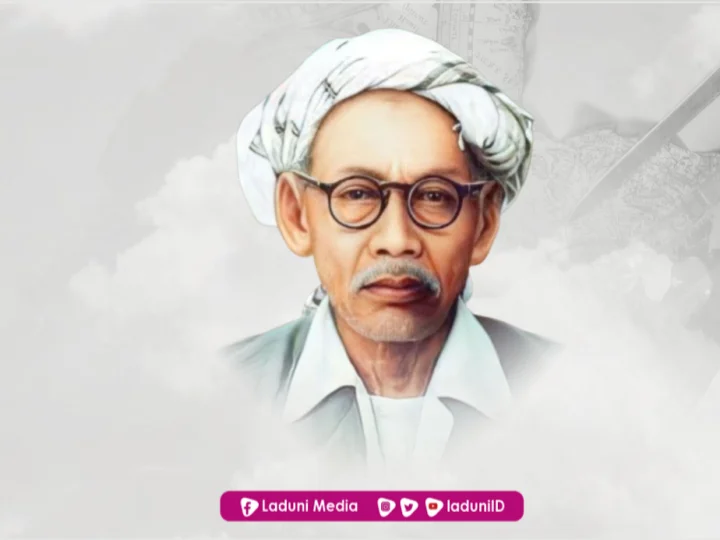
List of contents
1. Life story and Family
1.1 Born
1.2 Passed Away
1.3 Family History
2. Sanad of His Knowledge and Education
2.1 Wandering to Gain Knowledge
2.2 His Masters
2.3 Pesantren Founder and Caregiver
UNTUK DAPAT MEMBACA ARTIKEL INI SILAKAN LOGIN TERLEBIH DULU. KLIK LOGIN
Support kami dengan berbelanja di sini:
.png)

 Rp898.000
Rp898.000
 Rp319.000
Rp319.000
 Rp252.000
Rp252.000
 Rp399.000
Rp399.000


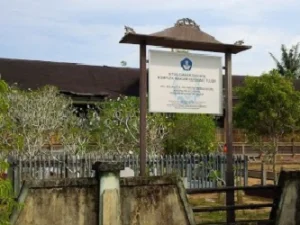
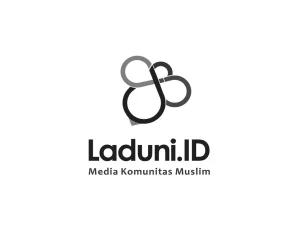
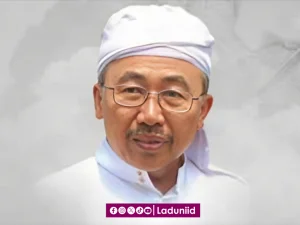
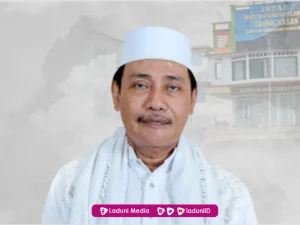

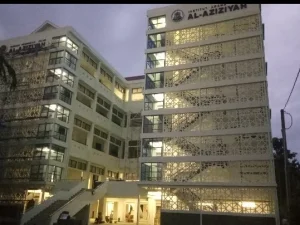

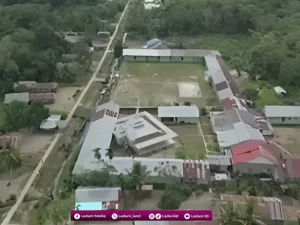
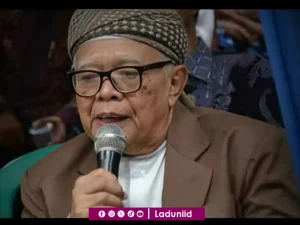
Memuat Komentar ...